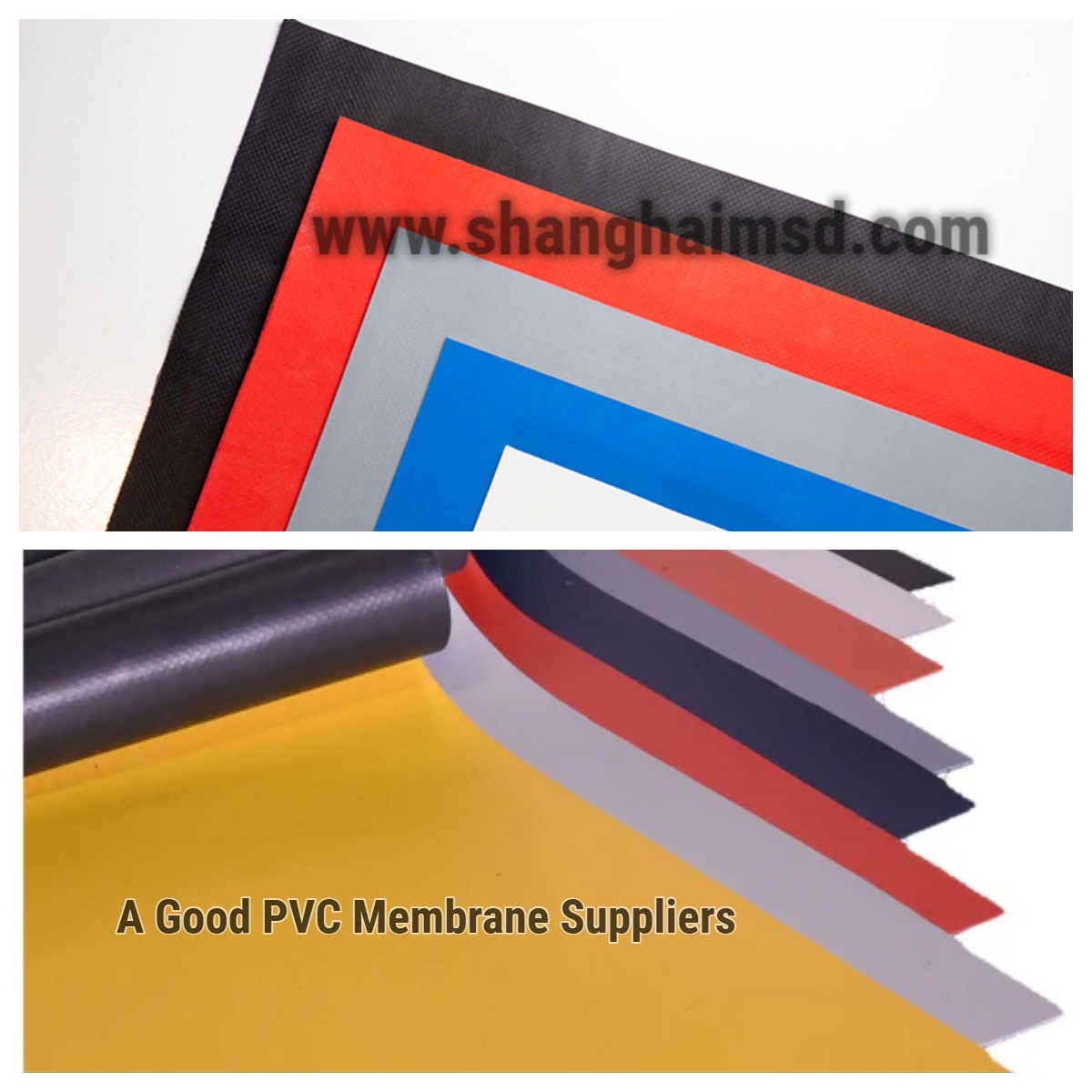The Future of Inflatable Boat Fabrics: Key Technological Developments

Inflatable boats are a popular choice for water enthusiasts due to their portability and durability. A key factor that influences the performance and longevity of these boats is the material used for their construction. In recent years, significant technological innovations in Inflatable Boat Fabric have made these boats stronger, lighter, and more resistant to wear and tear. This article explores the latest advancements in materials and manufacturing processes that are shaping the future of inflatable boats.
1. Advanced Material Composition
Historically, inflatable boats were primarily constructed using PVC and polyester fabrics. However, innovations in material science have introduced more advanced options. Many modern inflatable boats use a blend of materials, combining PVC with other polymers like polyurethane (PU) or Hypalon. These materials offer improved resistance to UV rays, abrasion, and punctures, ensuring that inflatable boats can endure harsh conditions.
Furthermore, composite fabrics are lighter than traditional options, which enhances buoyancy and ease of handling. This combination of strength and lightness makes these materials ideal for recreational boating, even in challenging environments such as saltwater or rocky terrains.
2. Multi-Layer Construction for Increased Durability
One of the most notable advancements in inflatable boat construction is the adoption of multi-layer technology. Manufacturers now use fabrics with multiple layers to increase durability and strength. Typically, these fabrics consist of a durable outer layer that resists UV damage, a middle layer for puncture resistance, and an additional protective coating for weatherproofing.
The multi-layer approach significantly enhances the boat's resistance to wear and tear, reducing the likelihood of leaks or fabric degradation. It also extends the boat’s lifespan, allowing it to withstand prolonged exposure to sun, water, and abrasive surfaces.
3. UV-Resistant and Anti-Mildew Treatments
One of the challenges in inflatable boat fabric technology is protecting the material from environmental elements, particularly UV radiation and mildew. Prolonged sun exposure can cause fabrics to degrade, while mildew growth can damage the material. To address these issues, manufacturers have developed advanced UV-resistant coatings and anti-mildew treatments.
These coatings prevent the breakdown of the material due to sunlight exposure, ensuring that inflatable boats retain their structural integrity for longer periods. Anti-mildew treatments help prevent mold and mildew growth, which is crucial for boats that are regularly exposed to water and humidity.
4. Lightweight High-Strength Fabrics
Recent developments in high-strength fibers, such as Kevlar and Aramid, have also contributed to making inflatable boat fabrics stronger without adding significant weight. These materials are known for their exceptional tensile strength, resistance to abrasion, and overall durability.
By incorporating lightweight yet robust fibers, manufacturers can produce boats that are easy to transport and maneuver, all while ensuring they can withstand the roughest conditions. These advancements have made inflatable boats more versatile and reliable, whether used for leisure activities or in professional applications.
5. Advanced Adhesive Technology
Another important innovation in the production of inflatable boats is the use of advanced adhesive technologies. Traditional stitching and gluing methods have been replaced by high-performance adhesives that create stronger, more reliable bonds between fabric layers. These adhesives are designed to withstand extreme environmental conditions, such as temperature fluctuations, moisture, and saltwater exposure.
As a result, inflatable boats that use these adhesives experience superior seam strength, reducing the chances of leaks or structural failures. The use of modern adhesives is a critical factor in enhancing the overall quality and durability of inflatable boat materials.
Conclusion
In summary, advancements in material science, multi-layer construction, and adhesive technology have significantly improved the durability and performance of inflatable boats. These innovations allow manufacturers to produce lighter, stronger, and more durable fabrics, making inflatable boats suitable for a wide range of activities and environments. As the technology continues to evolve, we can expect even more efficient and high-performance materials in the future. For more information on durable and high-quality boat fabrics, visit shanghaimsd.com .
- Art
- Causes
- Crafts
- Dance
- Drinks
- Film
- Fitness
- Food
- Giochi
- Gardening
- Health
- Home
- Literature
- Music
- Networking
- Altre informazioni
- Party
- Religion
- Shopping
- Sports
- Theater
- Wellness


